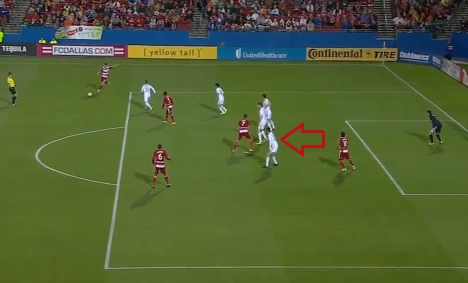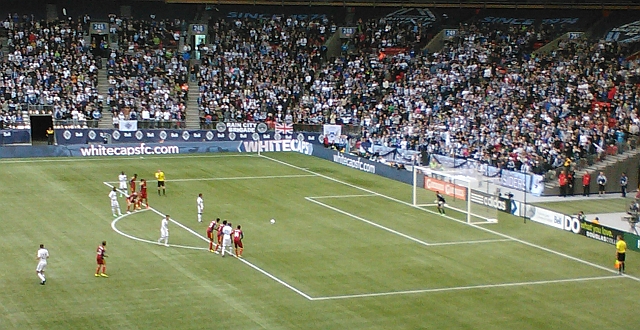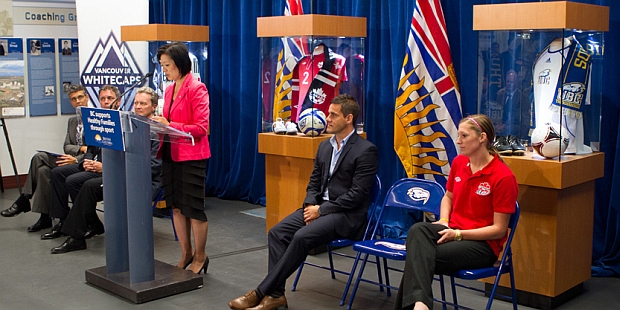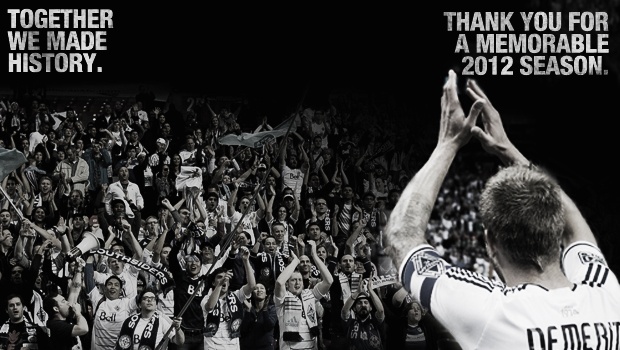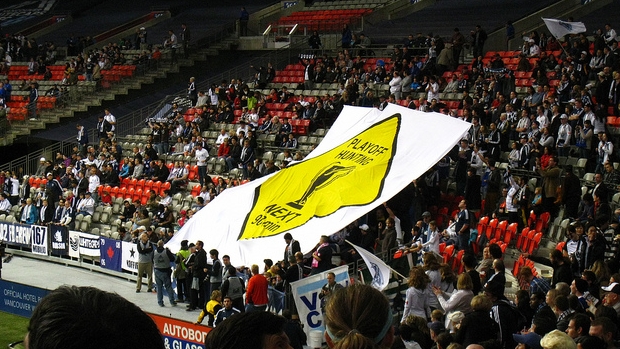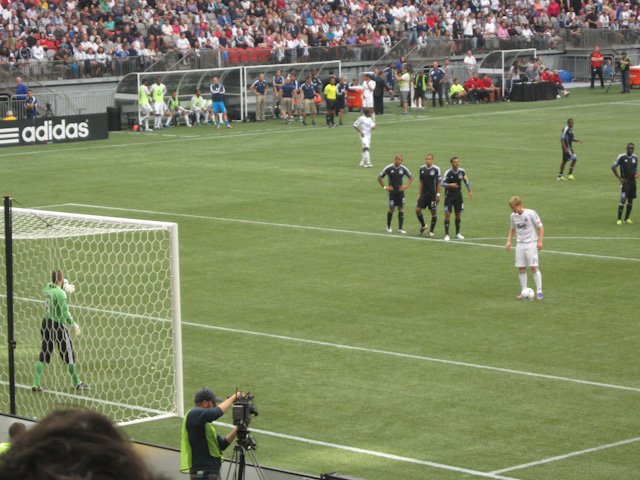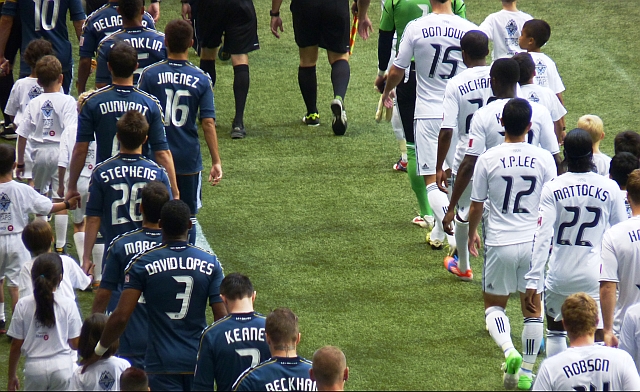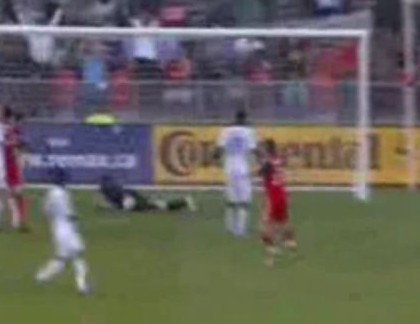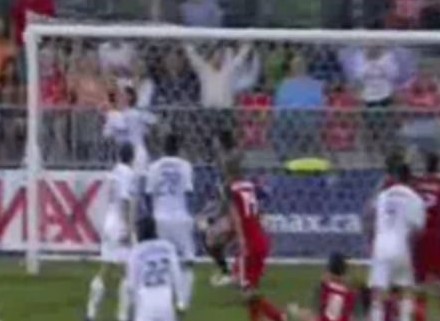What causes a road slump?
We keep talking about it, because the numbers make it easy to do that. The Whitecaps were 0-15-2 (W-L-D) in their first season, 3-10-4 last year. The road record so far, with three losses and a draw, is the albatross that turns a respectable home record of 2-0-1 to a pretty mediocre 2-3-2.
But how does it actually happen? Teams and players slump because they stop clicking and they can’t figure out how to pull off the things they’re good at. Clubs build up slumps against specific opponents because of an intimidation factor that comes from specific players and memories of bad losses.
But how does a team perform consistently for two weeks and then drop it the next? How can you turn it around? Teams with good away form buy hotels in their home city to inspire focus, but there is no such quick fix for Vancouver’s issues.
In the aftermath of the Vancouver Whitecaps’ 2-0 pasting at FC Dallas last night, they didn’t seem ready for the challenge of playing in the league leaders’ ground. There are a bunch of factors.
Vancouver’s young players like Erik Hurtado and Tommy Heinemann deserve minutes, but they can’t be counted on to create yet. The Whitecaps’ front four was Hurtado, Heinemann, Russell Teibert and Matt Watson, who bring only 43 games of experience (34 games in an MLS season) between them, with no goals. Not that those players aren’t worthy, but why would you rely on them to deliver you a result against the team with the best form in the league? Placing even one player, like Darren Mattocks, who has experience pulling results in this situation, in the mix could have worked.
Poor Joe Cannon was also let down, with two goals against on 13 total shots and six shots on target. Part of that was because Dallas was, as mentioned earlier, very good. Part of that is just lapses. What exactly is happening on the own goal?
Somehow, Brad Rusin is getting shoved all the way through the penalty area by George John. I can’t explain that. Rusin has been okay in the absence of Jay DeMerit, but he wasn’t on it last night, and nobody really was. Look at the backline on the second goal.
Rusin, Andy O’Brien and Y.P. Lee are all standing still within ten feet of each other staring at Kenny Cooper, and nobody is marking anybody. O’Brien has just turned around and the line is keeping David Ferreria offside, but by this point in the game the defense just wasn’t reacting fast enough to stop Blas Perez from breaking through the gap I’ve marked with the red arrow.
At the heart of it, these are the decisions you have to make. To beat a team on the kind of form that FC Dallas is enjoying, you need to move fast, stand strong, and be on it all the time. The Whitecaps know this, because in the last year they’ve willed these results into existence, winning not once but twice against San Jose last season.
After the game today, Watson pointed to confidence issues and Cannon pointed to the Voyageurs Cup match against Edmonton on Wednesday. At the end of the day, it’s not that they weren’t in front of the fans, it’s that they didn’t play like they thought this is a thing they could have pulled of.
You can roll out all the cumulative stats you like tying this current streak to the Whitecaps’ historical away woes or the drop in form that ended last season. What are we going to do? Fire Tommy Soehn? Cut John Thorrington? But the fact is that the only way to turn things around is come into every game ready to overcome challenges and win.
They didn’t.
Stats after the jump.


